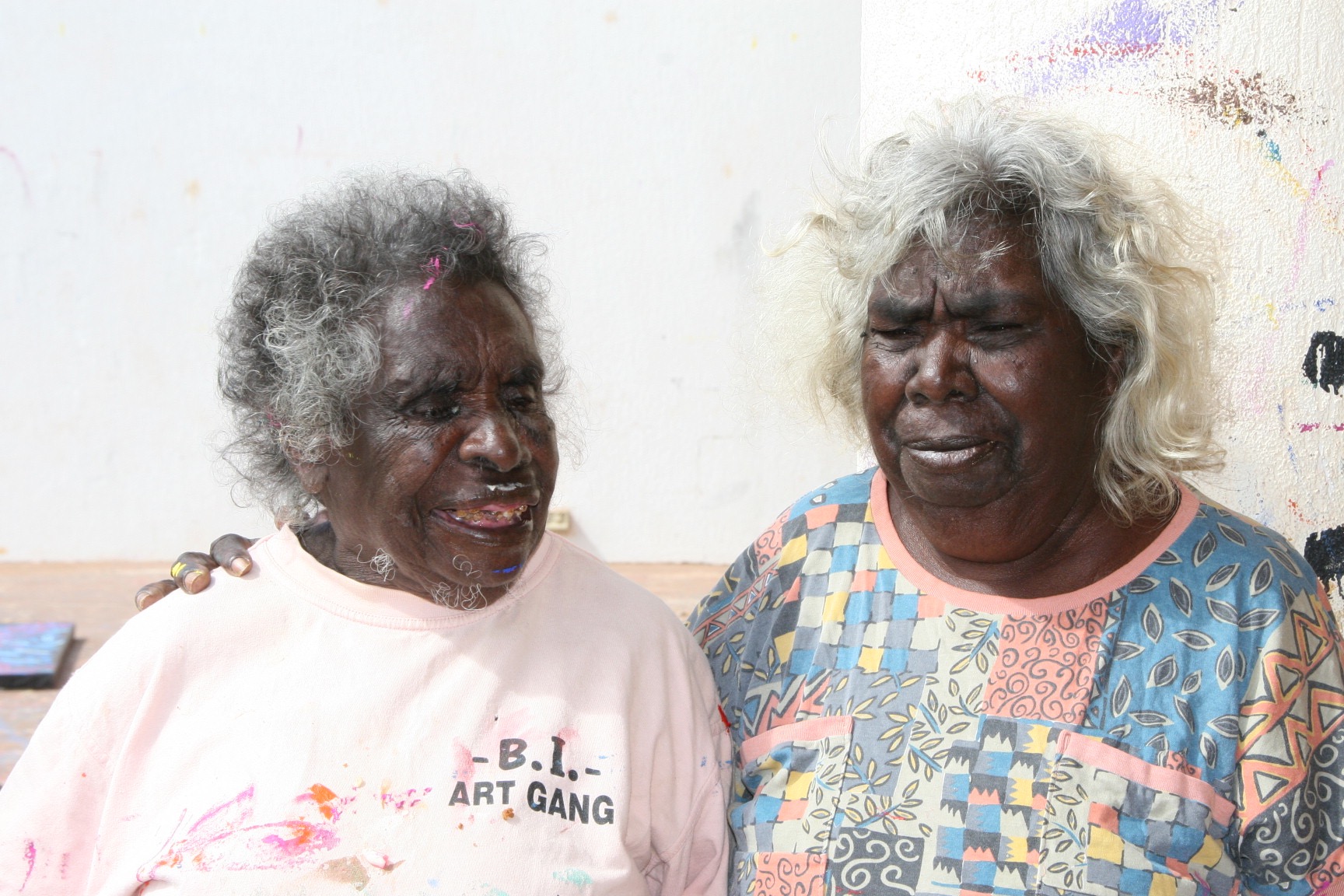“The Torment of our Powerlessness” is of course a key phrase from the Uluru Statement from the Heart. But it’s been bloody hard to recognise that concept from the urbane academic presentations of the main proponents for The Voice to Parliament. They simply don’t look as though they represent the torment which afflicts remote tribal people as they struggle to maintain ancient cultures in the face of incompetent bureaucracies and uncaring southern politicians – whether National Party or Green.
A powerful case for The Voice was offered by Peter Yu in The Australian last weekend. He may be an ANU academic, but his roots in The Kimberley mean he has a much better chance of putting the case for his remote peoples. He recognised that giving such a people a voice in their own fates should allow governments to appreciate that the priorities they need to invest in must be those First Nations people have determined are important: “Our culture and languages; economic opportunities from our land and community assets; care and support for our vulnerable; building our governance and organisational capacity”.
A rare opportunity to literally feel that torment was offered by the ABC last February fortunately rediscovered by Mirri Leven at Sydney’s Cooee Gallery. She’s selling Carpentarian islander Netta Loogatha’s art. But the film (by Vanessa Milton) takes us briefly through the painful history of Loogatha’s and her sisters’ removal from remote Bentinck Island by missionaries and bureaucrats, and their heroic efforts since the 1940s to get back to the only Country they can really call home. It also reveals the continuing emotions aroused by visiting Bentinck and the visceral relationship the Kaiadilt people still have with their island through the generations.
Fortunately, on the Mornington Island where they were transported, they were eventually able to discover art as a way of sharing a culture that was dying in a foreign land. We meet Roger Kelly, for example. But he explains that he’s really Birrnayabangathi in the complex Kaiadilt language; though the authorities attempted to separate him from all that by locking children away from their parents upon arrival on MI. I explained a little of this in an obituary for the Sydney Morning Herald when the most prominent of the BI artists, Sally Gabori died.
It’s certainly worth viewing the short documentary to gain some understanding of the relationship between the Country and the art. For the way Netta Loogatha cries and touches her canvases as though they were the land itself is extraordinarily moving.
In a sense, that’s what you’re buying!
And, in a sense, that’s what The Voice ought to be attempting to achieve….a voice for Netta Loogatha in Canberra.



